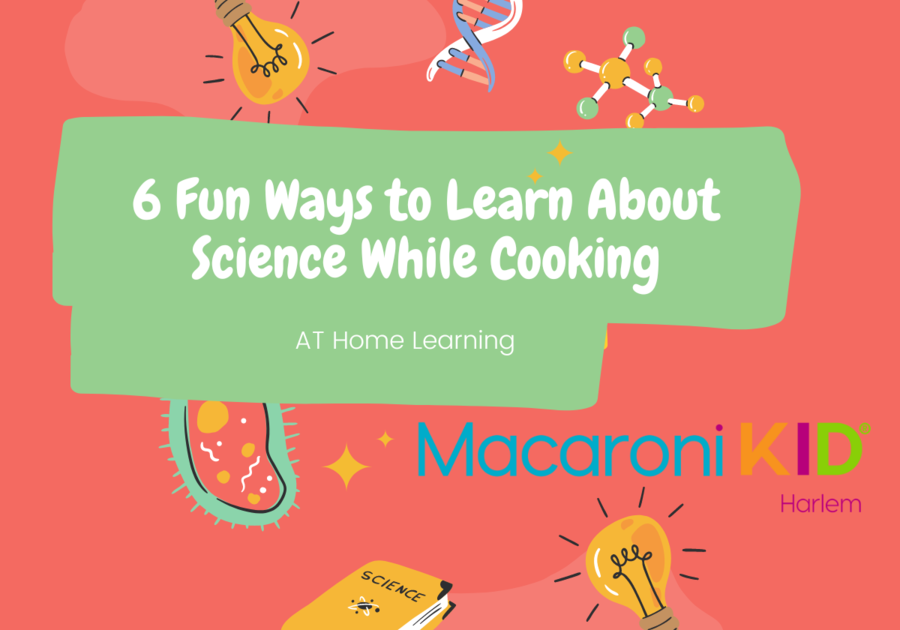Science is all around us, even in the kitchen! Cooking offers a fantastic opportunity to explore scientific concepts and principles hands-on and deliciously. Whether you're a parent looking to engage your kids in educational activities or simply someone who enjoys science and cooking, here are six exciting ways to learn about science while whipping up culinary delights.
- Experiment with Temperature: Temperature plays a crucial role in cooking. Use this opportunity to learn about the effects of heat on different ingredients. For example, while making caramel, observe how sugar undergoes a chemical reaction when exposed to high temperatures, changing its color and taste. Similarly, when cooking eggs, the transformation occurs as proteins denature and coagulate due to heat.
- Investigate Leavening Agents: Baking is a science, thanks to leavening agents such as baking soda and yeast. Experiment with different recipes and observe how these agents create carbon dioxide, causing the dough to rise. Make two batches of dough, one with yeast and the other with baking soda, and compare their rise and texture to understand the science behind it.
- Embrace Chemical Reactions: Cooking involves various chemical reactions that can be both fascinating and tasty. For example, when making bread, explore the reaction between yeast, sugar, and warm water, witnessing the formation of bubbles as carbon dioxide is released. Similarly, investigate the acid-base reaction when preparing lemonade, baking soda, and vinegar volcano cupcakes.
- Study Emulsions and Suspensions: Creating emulsions and suspensions is a common technique in cooking. Dive into the science behind mayonnaise, aioli, or salad dressings by understanding how oil and water molecules interact and remain dispersed or emulsified. Explore the impact of emulsifiers like egg yolks or mustard in stabilizing these mixtures.
- Uncover the Secrets of Fermentation: Fermentation is a fascinating process in various food preparations. Delve into the world of microbes and bacteria by making homemade yogurt, sauerkraut, or sourdough bread. Observe the transformation as microorganisms consume sugars and produce byproducts such as lactic acid or carbon dioxide, leading to tangy flavors and unique textures.
- Dive into Food Preservation: Food preservation techniques rely on scientific principles. While making jams, jellies, or pickles, learn about the role of sugar, acidity, and heat in preserving food and inhibiting microbial growth. Discover the significance of pH levels, sterilization methods, and canning to ensure food safety and longevity.
Cooking provides a delightful opportunity to explore scientific concepts in a practical and engaging manner. By experimenting with temperature, investigating leavening agents, understanding chemical reactions, studying emulsions and suspensions, uncovering fermentation secrets, and diving into food preservation techniques, you can broaden your scientific knowledge while creating mouthwatering dishes. So, put on your apron, grab your kitchen utensils, and embark on a culinary journey that combines science and gastronomy for an unforgettable learning experience. Bon appétit and happy scientific cooking!



